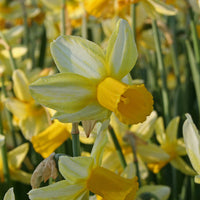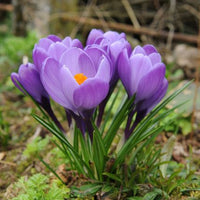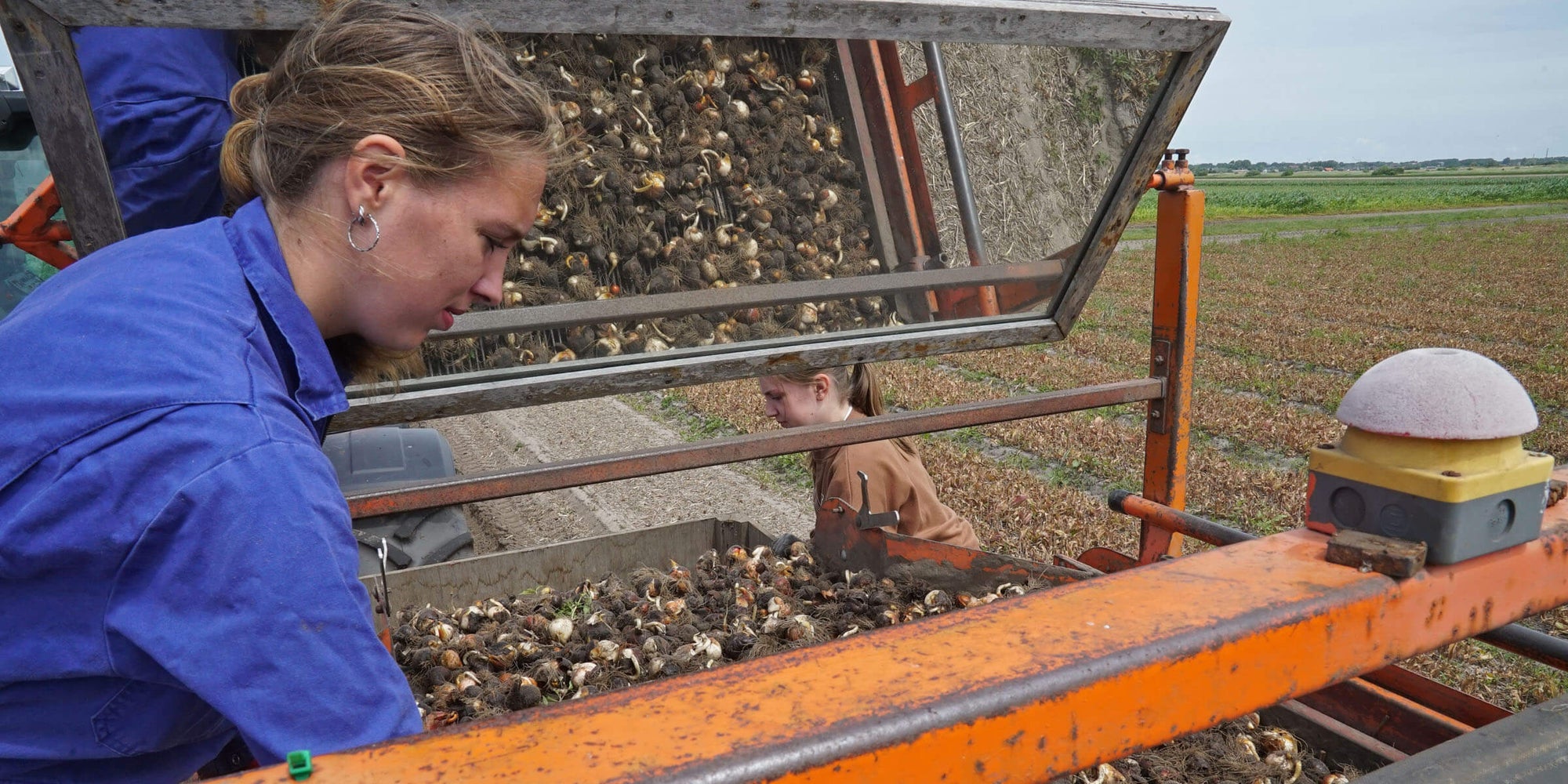Upstream

This week a different sport. Not a real sport of course, no man, sport is really weird. In a fun way, of course, but let's be honest sport, especially competitive sport, is pretty weird. What drives them? Example: Pien's rowing team. In Pien's rowing team (men's eight) there is a guy named Stein. Stein has now rowed 8 times. (that's what those rowers call it when you win a medal for first place "cans") With 8 times cans you get the 'Senior A' status. And what do you think: if you have this Senior A status, and really only then, you are allowed to come to the rowing club with sunglasses on your nose. And happy that Stein was, as happy as a can, now proudly walks around the club with sunglasses on. You see: sport is really weird.

This blog is about a different branch of sport, namely the wind and solar energy of Fluwel . We never really advertise it, but my brothers and I are actually gigantic tree-huggers knitters. Those real muesli people, I would say. Our father already had that a bit: 'if we burn all the oil and coal that is in the ground, the sky will turn black' were his words more than 40 years ago. Quite a visionary view. He also always said something like this about our waste: Waste is the gold of the future, you can make anything from it because everything is in it. So we did get the green tick from home to some extent.

About 20 years ago, my brother Sigge knocked on the doors of various authorities for 5 years with the friendly request to be allowed to place a windmill. At the time, that was not an easy request for the policymakers, because not much was known about the impact and operation of wind turbines. But persistence pays off, and lo and behold, it was allowed. It had to be an Enercon mill, the Rolls-Royce among wind turbines. Add solar energy, first the roof of the barn and later the solar field around the mill, step by step a little more. All well and good, you may think now, that's easy to talk about, but if the sun doesn't shine and there's no wind, the coal-fired power station still has to run to generate electricity. That's right, that was true, but not anymore. At the beginning of this year, we installed a 2 megawatt battery at the mill and the solar panels. That battery is now constantly being charged so that electricity is stored for bad weather.
From reactions from friends and acquaintances I know from experience that these figures mean nothing to you, so I will try to explain to you in understandable language how much injection all this yields together.

The battery has a capacity of 2 Megawatt hours. The windmill 2.3 Megawatt hours, and the solar panels together 4 Megawatt hours. You should know that 1 Megawatt is 1000 Kilowatt and 1 Kilowatt is again 1000 Watt. I know for sure, I have already lost half of my readers, we are going to make it easy so that even Aunt Agate with her hearing aid understands everything.
Let's make apples out of it, as an example. The windmill grows 2,300 apples per hour in good wind. The solar panels can produce 4,000 apples per hour. The battery can store 2,000 apples when there is no demand for apples.

1 apple is 1 kilowatt hour, so 1 apple is 1000 watts. Pour yourself a cup of coffee, it's going to be a long story, but once you've read it you'll know what you see when you drive past our company or another windmill.

The whole of the Netherlands consumes 122,000,000,000 (122 billion) apples per year. The Netherlands has 17,500,000 inhabitants. If you divide these 122 billion apples by the number of inhabitants, you come to the conclusion that in the Netherlands almost 7,000 apples per person per year are used in electricity.

But wait a minute! You recently read somewhere that in the Netherlands an average of 5,000 apples are eaten per household, and a household contains an average of more than 2 people, so where does it go wrong? You are right and that is also what most 'green' companies boast about: "We produce green apples for more than ... households!" That is true, but of course that is not the whole story. The coffee you are drinking now, the hospital, the lampposts, the storage of your memory in the cloud, the bunch of flowers on the table, the air conditioning at work, the freezer in the supermarket ... everything, literally everything, that we use to make our lives more pleasant, down to the cheese skewer you use to fish the silver onions out of the jar, needs apples to be produced. If you only look at how much electricity is consumed per household, you paint an unfair, distorted picture, because the facilities that we all share are just as important as the light in our own toilet.
(I could now joke that even the apple you are about to eat needed apples to get to your house, but then I would be making it unnecessarily difficult.) Really, almost 7,000 apples are needed per inhabitant in the Netherlands each year, there is no arguing with that.

The total yield of green apples at Fluwel in the year 2022 was 10,860,000 pieces. That is enough to provide 1550 people, who each consume 7,000 apples per person per year, with apples throughout the year. And, even when the mill is not running and the sun is not shining, we can supply green apples, because we have a battery. You can see this battery as a barn that can hold 2,000 apples. These 2,000 apples are enough to supply these 1550 people with electricity for 15 hours when the sun is not shining and there is no wind. It does not often happen that there is no wind for 15 hours and there is no sun at all, but it could happen. So we are not quite there yet, but high on our wish list is to also place a battery at the Fluwel barn. If that is in place, we could say that Fluwel 's green energy setup supplies the entire village of Petten with green apples.

Yes, a meadow with a cow, a sheep and a dandelion is more beautiful than a solar field with a large windmill, but we are convinced that Mother Nature will give us much, much more if we now exchange a piece of Mother Nature here and there for solar panels, and gradually stop using oil, coal and gas. A piece of land of more than 2 hectares for a solar field, a windmill and two batteries, and a few more solar panels on a few large barns, and the entire village of Petten with its more than 1500 inhabitants is green, including the local supermarket, the GP and the street lighting.
Reading all this back I still wonder if everyone, even Aunt Agaath, gets it. How much electricity was an apple again, you may still wonder. Well, 1 apple is enough to keep 1 lamp with a 100 Watt Sorbo Pear burning for 10 hours. An apple is 1 Kilowatt hour or 1000 Watt. Your kettle is probably 2000 Watt, so it can boil at full capacity for half an hour with 1 apple.

Lilium Mister Pistachio
I think I should stop a bit, if I continue we will end up downstream. And I am already well into a thousand words. You could call it 1 kiloword now that we are chatting so nicely about electricity. One more thing for the enthusiast, the battery does not wait until there is no wind and no sun at a certain moment. It functions as a kind of buffer; when the power supply is high and the demand low, it sucks itself full and when the demand is high it empties again. This can happen that a battery is completely emptied twice a day and fills itself up again in between. An ideal buffer to keep the power grid at the right voltage.
Now I really stop.
Kind regards,
Carlos van der Veek













 Deutsch
Deutsch English
English

